mitered vs. non mitered cabinet doors
teeski
15 years ago
Featured Answer
Sort by:Oldest
Comments (19)
caryscott
15 years agotetrazzini
15 years agoRelated Professionals
Ballenger Creek Kitchen & Bathroom Designers · Queen Creek Kitchen & Bathroom Designers · Ridgewood Kitchen & Bathroom Designers · St. Louis Kitchen & Bathroom Designers · South Barrington Kitchen & Bathroom Designers · Cocoa Beach Kitchen & Bathroom Remodelers · Ewa Beach Kitchen & Bathroom Remodelers · Glen Carbon Kitchen & Bathroom Remodelers · Weymouth Kitchen & Bathroom Remodelers · Crestview Cabinets & Cabinetry · South Gate Cabinets & Cabinetry · Tinton Falls Cabinets & Cabinetry · Atascocita Cabinets & Cabinetry · Baldwin Tile and Stone Contractors · Suamico Design-Build Firmsci_lantro
15 years agomalhgold
15 years agoBuehl
15 years agokateskouros
15 years agoigloochic
15 years agovicnsb
15 years agocaryscott
15 years agoigloochic
15 years agocaryscott
15 years agotom999
15 years agoteddas
15 years agocaryscott
15 years agoci_lantro
15 years agofrenchred
15 years agoci_lantro
15 years agoold_guy
15 years ago
Related Stories
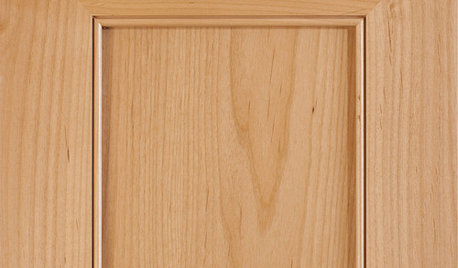
DESIGN DICTIONARYMiter
A miter cuts right to the point with beveled edges on moldings, cabinet doors and more
Full Story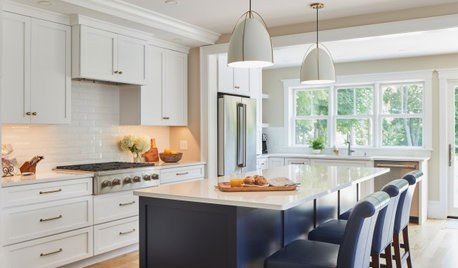
KITCHEN DESIGNPopular Cabinet Door Styles for Kitchens of All Kinds
Let our mini guide help you choose the right kitchen door style
Full Story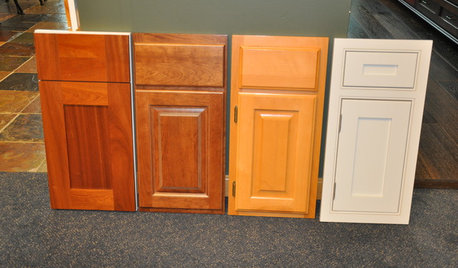
KITCHEN CABINETSLearn the Lingo of Kitchen Cabinet Door Styles
Understand door types, materials and cabinet face construction to make the right choice when you shop
Full Story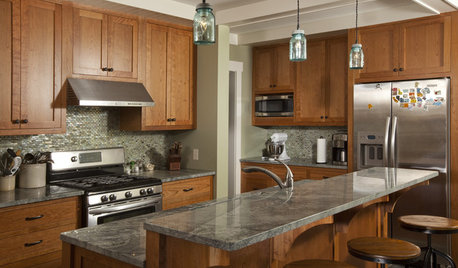
KITCHEN CABINETSCabinets 101: How to Choose Construction, Materials and Style
Do you want custom, semicustom or stock cabinets? Frameless or framed construction? We review the options
Full Story
KITCHEN CABINETSKitchen Cabinet Color: Should You Paint or Stain?
Learn about durability, looks, cost and more for wooden cabinet finishes to make the right choice for your kitchen
Full Story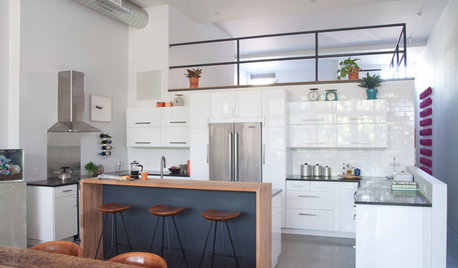
ROOM OF THE DAYRoom of the Day: Custom-Kitchen Look on a Budget
An artistic New York City family enlists the help of a skillful designer to create a customized built-in appearance using Ikea cabinets
Full Story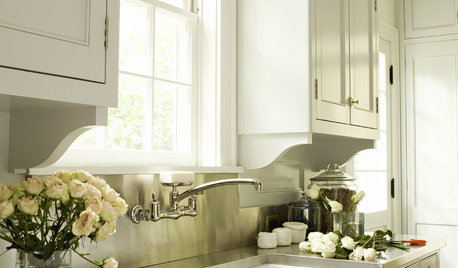
DECORATING GUIDESArchitectural Details Make All the Difference
Are you missing an opportunity to enhance your home with brackets, cabinet feet and moldings?
Full Story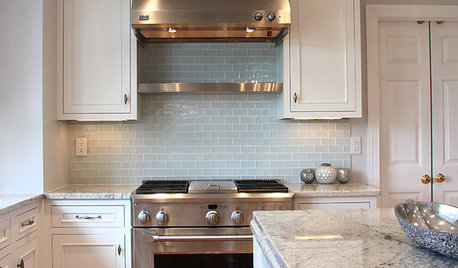
KITCHEN DESIGN5 Favorite Granites for Gorgeous Kitchen Countertops
See granite types from white to black in action, and learn which cabinet finishes and fixture materials pair best with each
Full Story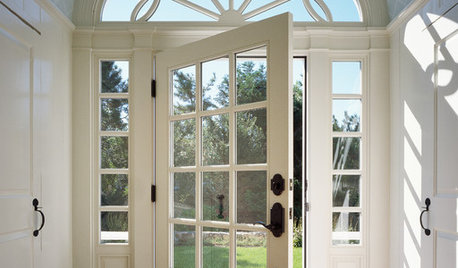
REMODELING GUIDESThe Good House: Little Design Details That Matter
Tailored trim, cool counters and a nice weighty door — such details add so much to how a home feels to the people inside
Full Story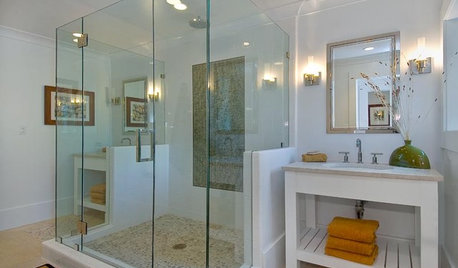
BATHROOM DESIGNExpert Talk: Frameless Showers Get Show of Support
Professional designers explain how frameless shower doors boosted the look or function of 12 bathrooms
Full StoryMore Discussions






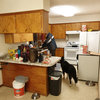
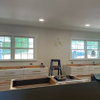
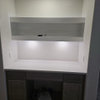
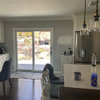
Buehl